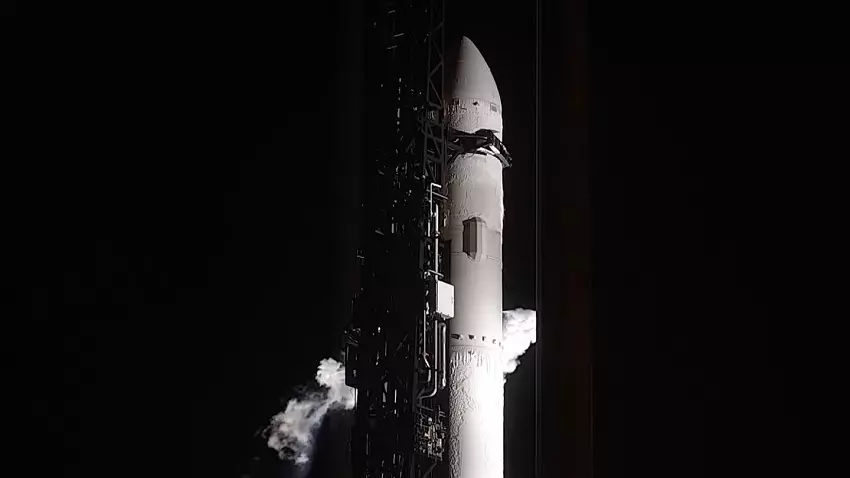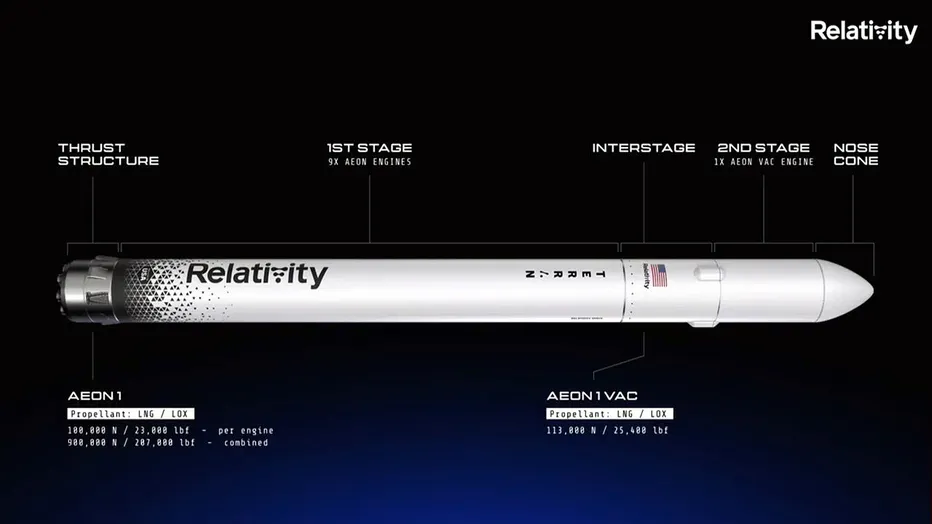World’s 1st 3D-printed rocket launched March 22, but no orbit

Relativity Space's Terran 1 rocket launches from Launch Complex 16 at Cape Canaveral Space Force Station, Fla., late Wednesday, March 22, 2023. The rocket is made almost entirely of 3D-printed parts.
Many people want to know more things about Relativity Space's Terran 1 rocket, here we collect some frequently questions from Google for your reference:
What happened to Terran 1 rocket?
Terran 1's first and only launch took place March 23, 2023 from Cape Canaveral. It passed max q and reached space but did not achieve orbit due to a failure of the second stage. Following the failed launch, Relativity retired the rocket in favor of developing the much larger, reusable Terran R vehicle.
Why did Terran 1 fail?
The rocket did undergo a successful liftoff, completing Stage 1 separation and meeting Max Q (a state of maximum dynamic pressure) as planned. But in Stage 2, the engine appeared to lose ignition, causing Terran 1 to plummet prematurely.
How much of Terran 1 is 3D-printed?
CEO Tim Ellis told CNET that the Terran 1 was 85% 3D-printed, including complex parts such as the engine. Relativity Space has built the world's largest metal 3D printers to manufacture its rockets. The only parts not 3D printed were things like electronics, batteries, rubber gaskets and seals.

How long did Terran 1 take to build?
Terran 1 3D printed rocket is a small launch vehicle being developed by American aerospace manufacturing company Relativity Space. It is said to be the world's first rocket built using 3D printed alloy in less than 60 days.
How much did Terran 1 cost?
Terran 1 is a two-stage rocket capable of delivering payloads of up to 2,755 pounds to low-Earth orbit at a price of $12 million
Is the world's first 3D-printed rocket Terran 1?
Terran-1 left its launch pad in Cape Canaveral in Florida and powered skyward for a few minutes before falling back to Earth. Some 85% of the vehicle, which is 112ft (34m) tall, was produced using additive manufacturing techniques (3D printing)
In general, Relativity's Terran rocket remains impressive, despite failing its debut launch.



(1)-ZI1.webp)



.webp)



